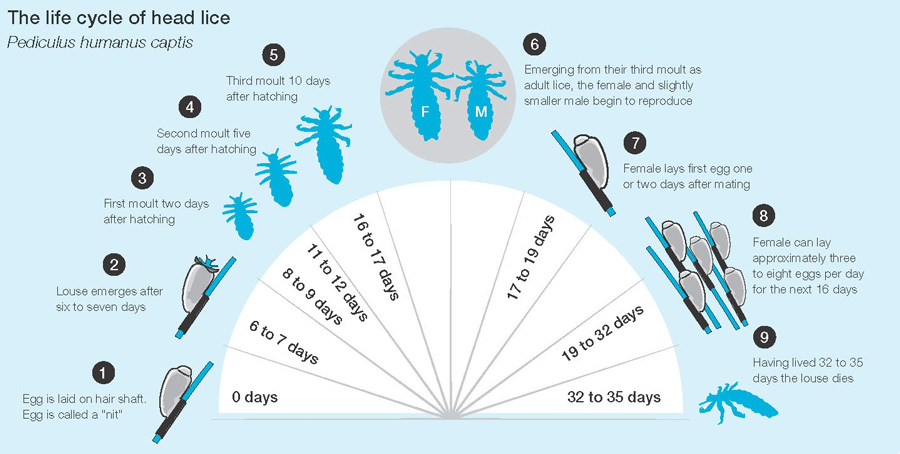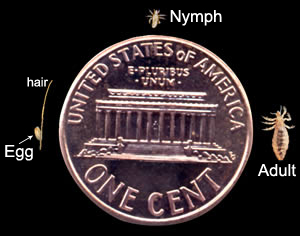Q: How did my child catch lice?
A: Lice do NOT actually jump from child to child. Children often play or talk with their heads very close to each other and share personal items such as brushes, hats, and hair accessories. This allows the louse to move from one child to another and continue their life cycle. Your child can have lice for 4-6 weeks before they begin itching their scalp and 50% of infested people have no symptoms at all.
Q: Does this mean that my child is dirty?
A: NO!! Lice actually thrive in hair that is clean, this is a problem that has nothing to do with your child’s hygiene.
Q: How are head lice spread?
A: Head lice can spread whenever there is direct contact of the head or hair with an infested individual. Sleepovers, selfies, and reading time at school are usually the main culprits. It is highly unlikely to catch lice any other way. They are a parasite. They need human blood to survive. Head lice do not have hind legs to hop or jump. They also do not have wings and can not fly. Head lice generally can not survive longer than 48 hours off the host.
Q: Do I have to treat everyone in the house?
A: Everyone in the house should be thoroughly checked. Doing correct head checks on all family members is crucial. Nits and lice are very small to the human eye and can scurry very quickly away from movement and light, making them difficult to spot in a visual inspection and can be easily missed if you are not a professional.
Q: Can my pets be infested?
A: No. Lice are very selective. They are not interested in your pets.
Q: Do I need to spray my furniture and bedding?
A: Absolutely not!!!! You should change the bedding once after treatment but that is it. If it’s a severe case then I would recommend washing the clothes that the child has worn in the last 2 days. Don’t get suckered into spending tons of money cleaning your house. Concentrate your efforts on the actual head.
Q: Do I have to bag stuffed animals and other items?
A: Vacuuming and drying on high heat for 30 minutes are sufficient safeguards for any questionable areas or items that may be in contact with those who are infested. Again, this would only be recommended for anyone with a severe case.
Q: Can you catch head lice from headphones or helmets?
A: The extent to which head lice are transmitted to others via headphones or helmets is unknown. Ideally, risk of transmission can be eliminated by making sure children have and use their own equipment. If this is not possible, you can clean the items between children by wiping them with a damp paper towel. An additional measure would be to encourage each child to wear a baseball cap to help shield the hair from contact with the item. Helmets and headphones should never be sprayed.
Q: How long can nits and lice survive off of a human head?
A: Once laid, it takes 7-10 days for a nit to hatch. Nits off the head may not even hatch at all as they are laid close to scalp because they need human warmth to incubate. A nit hatching off of a head results in tiny nymph (small louse) which without an accessible or nearby human, is doomed because it requires an immediate blood meal. Adult head lice off of their human hosts will generally not survive for more than 48 hours.
Q: How quickly can my child return to school?
A: If treated correctly, the very next day! Hooray!
Q: What is the life cycle of the head louse?
A: Head lice can survive on a human host for approximately 30 days. They generally cannot survive longer than 48 hours off the host. The eggs hatch in 7-10 days and in another week the louse will be laying 4-8 eggs daily.

